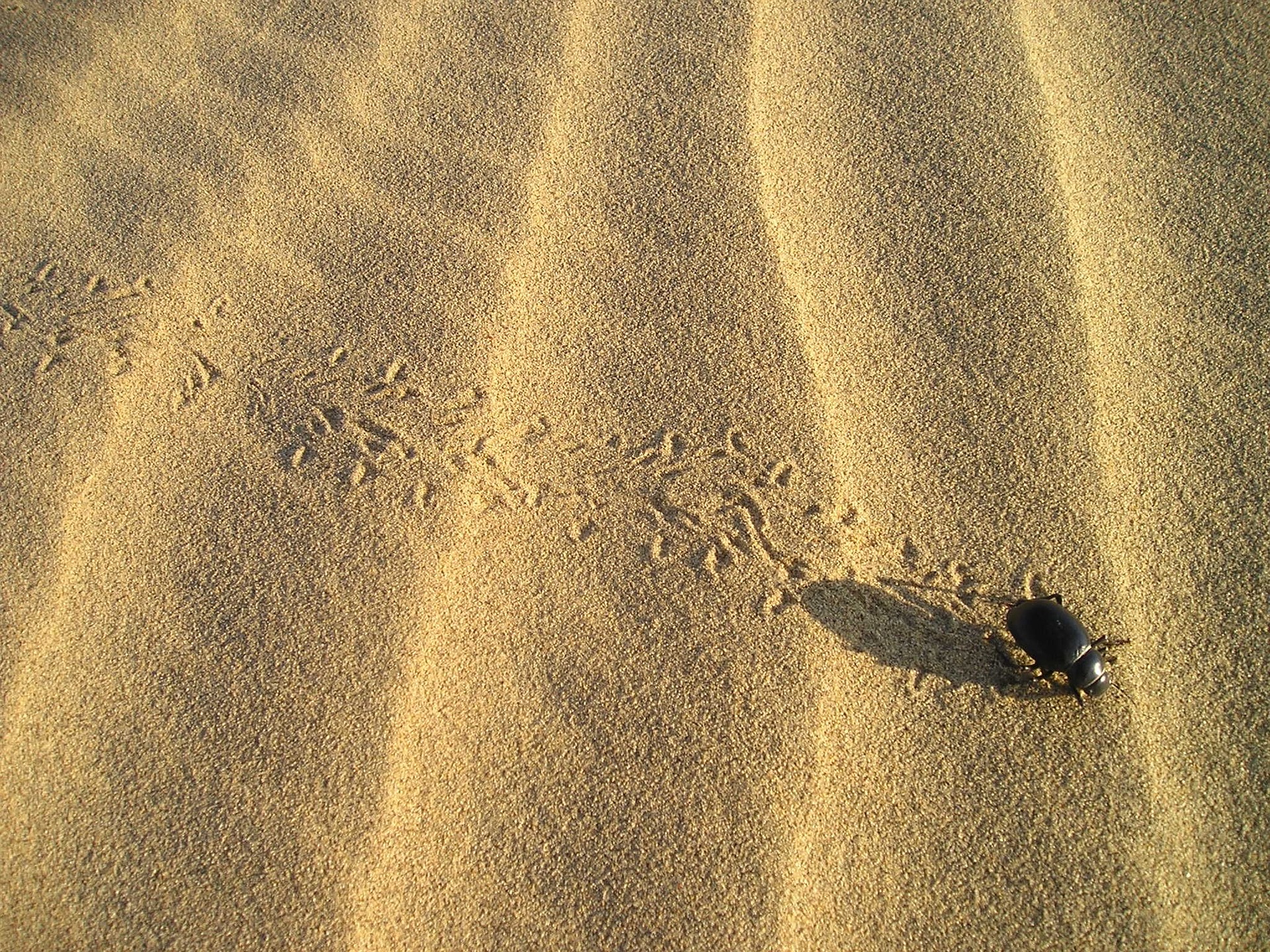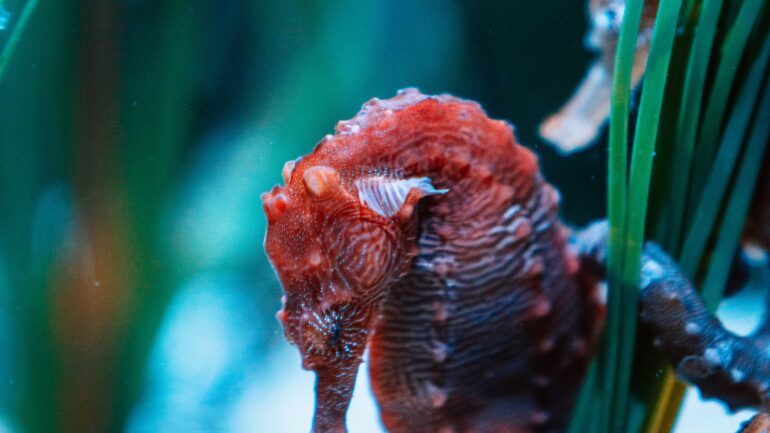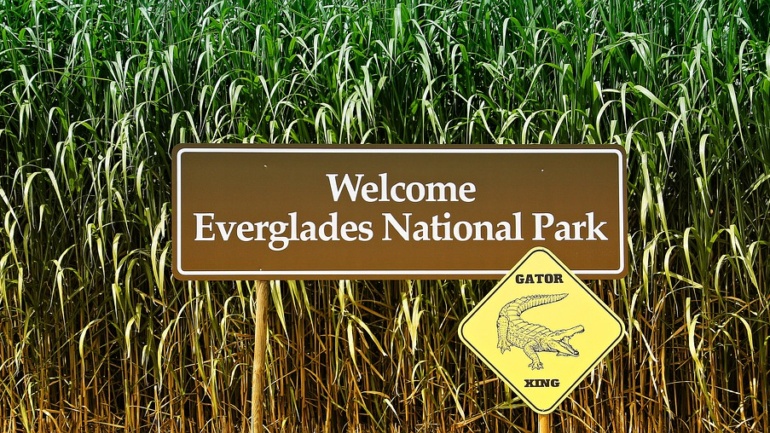By Jon Fern, staff writer for Save The Water™ | January 13, 2015
The Namibian desert is one of the driest places on the planet. This arid corner of Southwest Africa is characterized by soaring temperatures, harsh winds, and next to no rain. But even here, life has found a way to harvest that most precious resource, water.
Perhaps the most innovative means of obtaining drinking water known in the animal kingdom, the sequestration of ocean mist has been perfected by the Namibian Beetle (Stenocara gracilipes) through an intricate system of bumps and troughs.1
Tiny bumps cover the surface of the beetle’s shell. The bumps are unique in nature in that they have water attracting tips and water repellent sides. This combination of hydrophilic and hydrophobic surfaces means that water can be directed by the beetle’s forewings. By leaning into the wind, the beetle can catch the vapor and channel it down towards its mouthparts. The troughs between the bumps have a superhydrophobic waxy covering, meaning that the droplets roll to wherever they are directed. The process is a successful adaptation, with up to 12% of the beetle’s body weight being gained by fog-basking.3
Scientists and entrepreneurs have spotted numerous uses to which this kind of natural technology can be put to use. A few of these include distillation processes, dehumidification, improved car engines, air conditioning, and freshwater supply generation.
So far, these ideas have remained simply that: ideas. However, some forward-thinking researchers, apparently independently of each other, have begun the development of two unique and potentially very useful products.
For instance, in a good example of biomimicry (the artificial reproduction of naturally-occurring mechanisms), a type of vapor-harvesting plastic sheeting has been created by research company QinetiQ. According to Dr. Chris Lawrence, a company spokesperson: ‘What we have learned from the beetle is an improved method for condensing liquid from a vapor. We’re intending that this will be applied to the collection of water for farming and drinking in arid regions, improvement in distillation processes and dehumidification for air conditioning and the like.4
Lawrence developed the system in collaboration with Oxford University zoologist Dr. Andrew Parker. The system involves placing minuscule glass spheres into heated wax to emulate the hydrophilic peaks and hydrophobic troughs of the beetle’s shell. During testing, it was found that, by spraying the material with mist, condensation and thus water harvesting could be achieved on a large scale. As a further boon, the material is easy to mass-produce by simply stamping this design onto plastic sheets.
Dr. Lawrence said: ‘This would make fog harvesting several times more efficient than current water collecting methods.5
The company’s first project will be a specially designed tent which could be used by people camping in arid climates to collect drinkable water from the air.
Another company, the start-up NBD Nano, are developing a water-collecting bottle using the same biologically-inspired technology. This self-filling vessel, according to NBD Nano, will be pulling three liters of water from the air per hour, although this will no doubt depend on various environmental factors, not least of which being air humidity.
Though still only at the developmental stage for their first product, the small company has other applications in mind, including potable water for desert projects, water for greenhouses, and solutions for third world countries in which access to drinkable water is scarce.
The beetle-back material certainly has potential. Other uses could include water-harvesting roof tiles and other building materials, automobile paint for self-filling car tanks, polytunnel sheeting, even clothing that fills a pouch that can be drunk from whilst walking.2 The possible uses for this innovative adaptation to a pervasive environmental stress could be endless.
References
- Briggs, H., 2001. Water Off a Beetle’s Back. BBC Website.
- Owano, N., 2012. Self-Filling Water Bottle Takes Cues from Desert Beetle. PhysOrg.
- Seely, M. et al., 1983. Fog response of tenebrionid beetles in the Namib Desert. Journal of Arid Environments. 6(2): 135-143.
- Uncredited, 2014. Water Vapour Harvesting: Namib Desert Beetle. Biomimicry Institute.
- Zhai, L. et al., 2006. Patterned Superhydrophobic Surfaces: Toward a Synthetic Mimic of the Namib Desert Beetle. Nano Lett. 6(6): 1213-1217.





